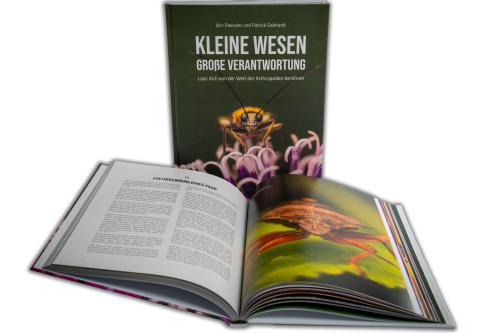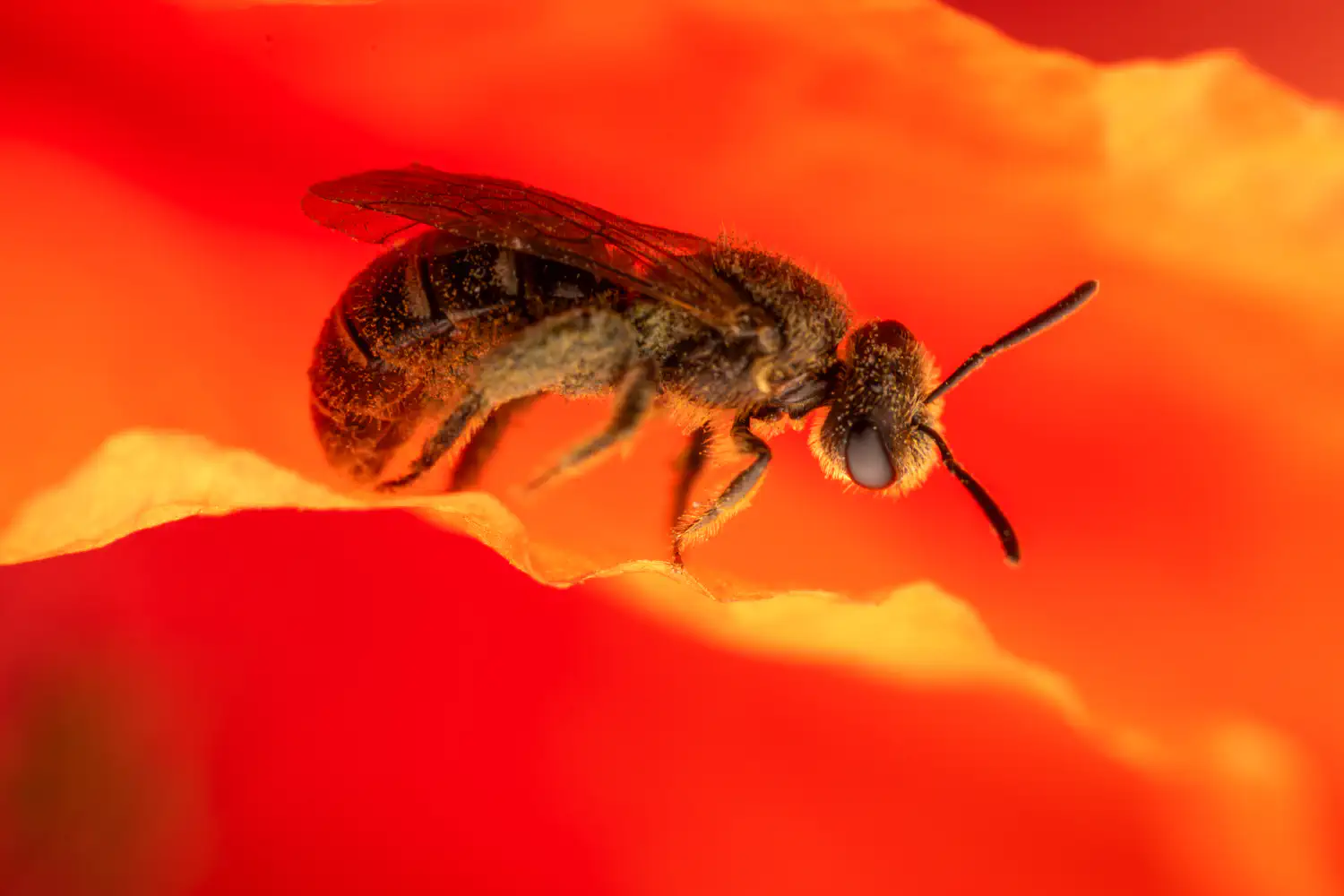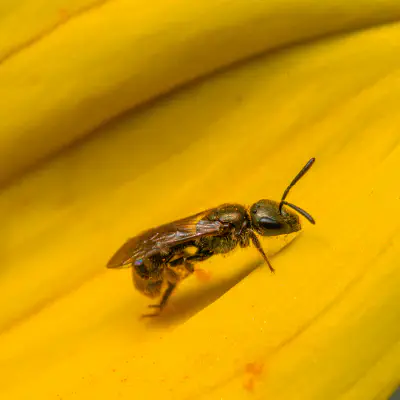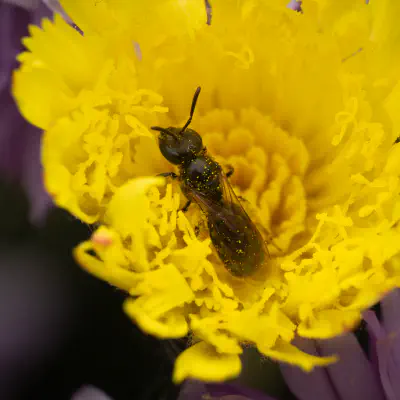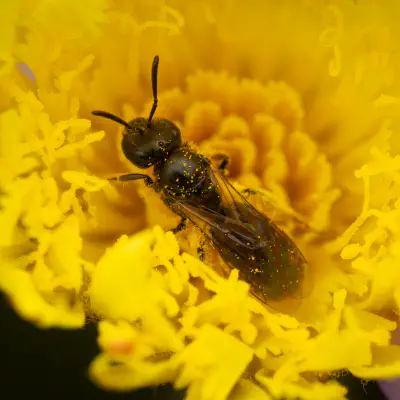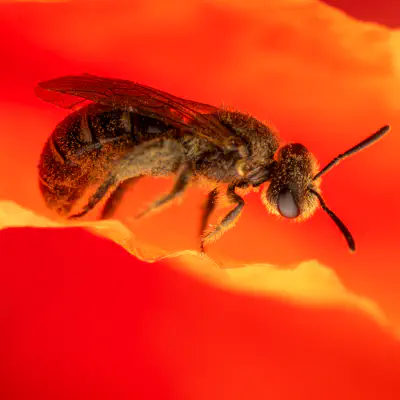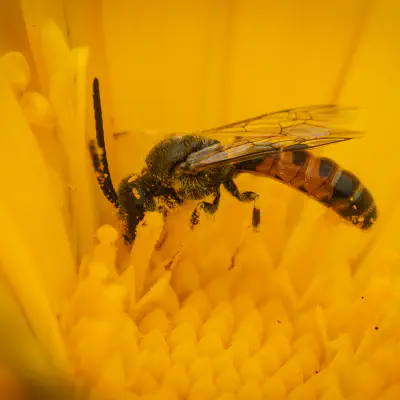Lasioglossum Lat. “Lasioglossum“
The sweat bee genus Lasioglossum is the largest of all bee genera, containing over 1700 species in numerous subgenera worldwide. They are highly variable in size, coloration, and sculpture; among the more unusual variants, some are cleptoparasites, some are nocturnal, and some are oligolectic. Most Lasioglossum species nest in the ground, but some nest in rotten logs.
Hierarchy
Subgenera
A list of subgenera (modified from Michener’s Bees of the World): Lasioglossum series: Australictus, Callalictus, Chilalictus, Ctenonomia, Echthralictus, Glossalictus, Homalictus, Ipomalictus, Lasioglossum s. str., Leuchalictus, Oxyhalictus, Parasphecodes, Pseudochilalictus, Rubrihalictus, Urohalictus. Hemihalictus series: Acanthalictus, Austrevylaeus, Biennilaeus, Capalictus, Dialictus, Eickwortia, Evylaeus, Hemihalictus, Rostrohalictus, Pyghalictus, Sphecodogastra. Subgeneric classification of Lasioglossum remains controversial, with disagreement among experts on the number and extent of subgenera. Two of the better-known species are the European Lasioglossum malachurum and the North American species Lasioglossum zephyrus.
See also
List of Lasioglossum species
External links
Lasioglossum Identification Guide List of Species Worldwide Species Map
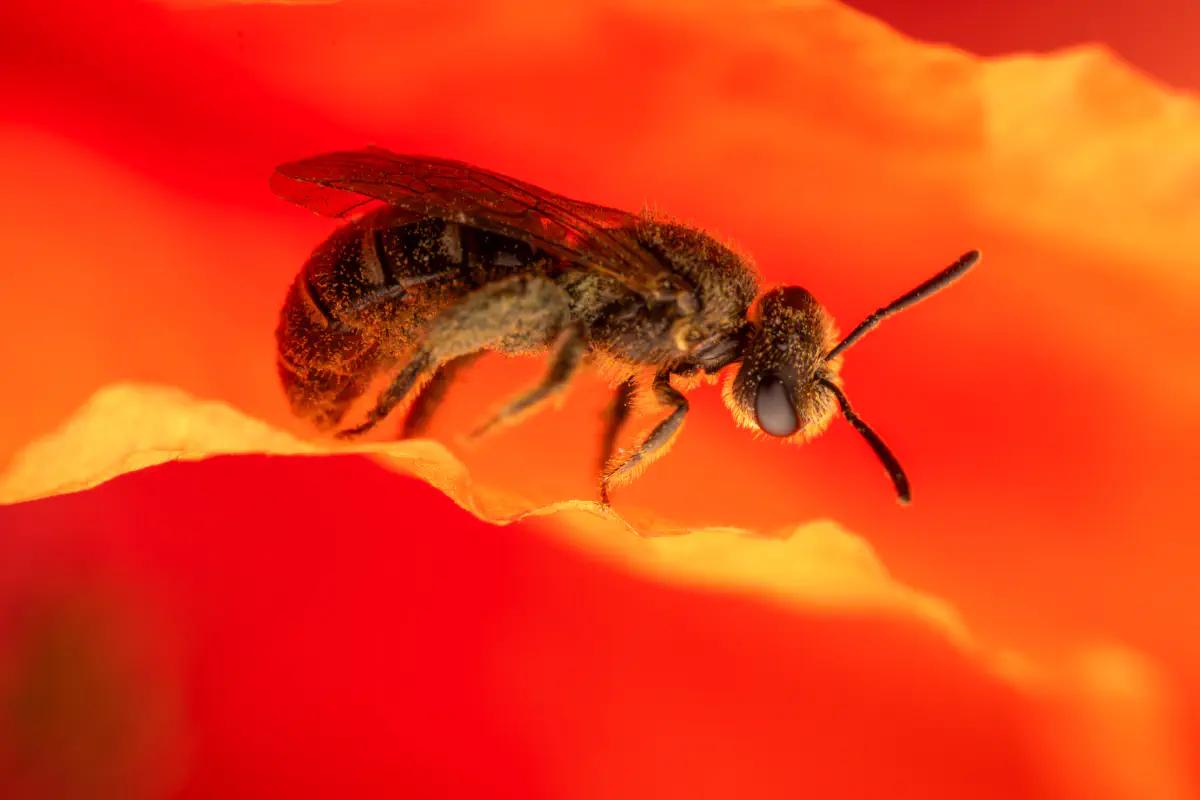
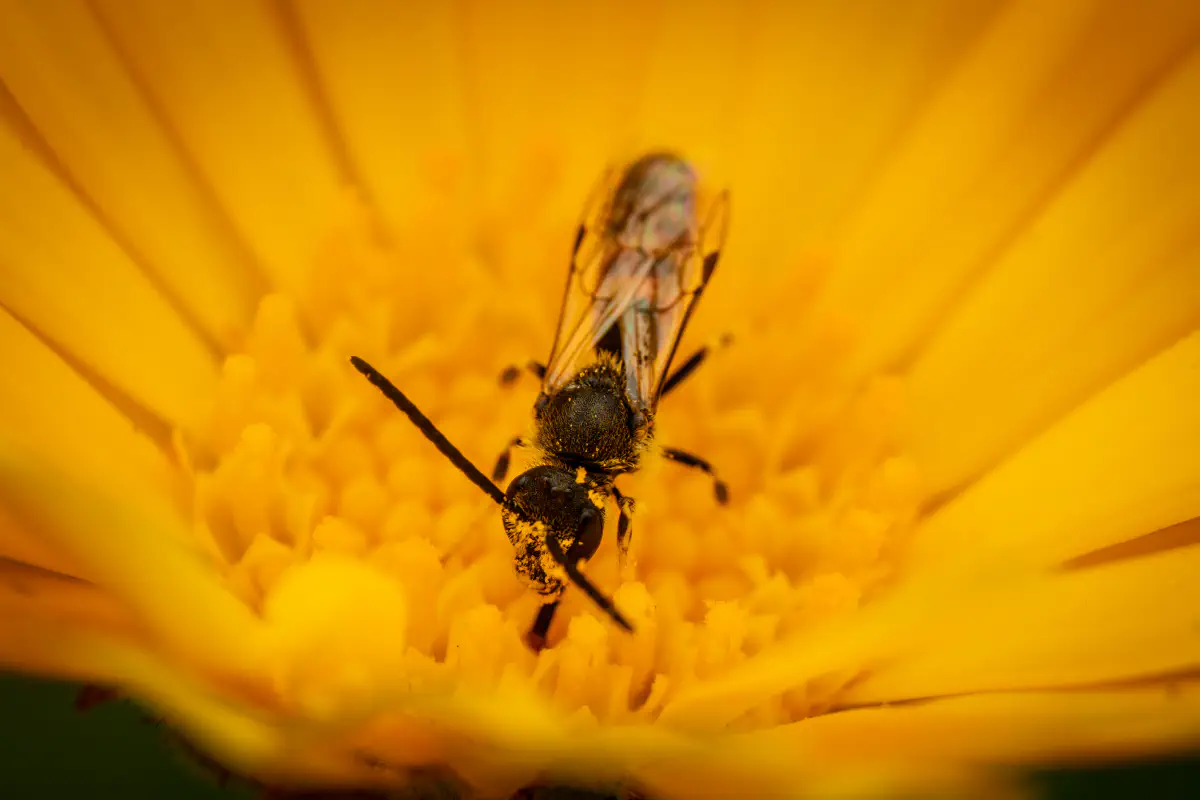
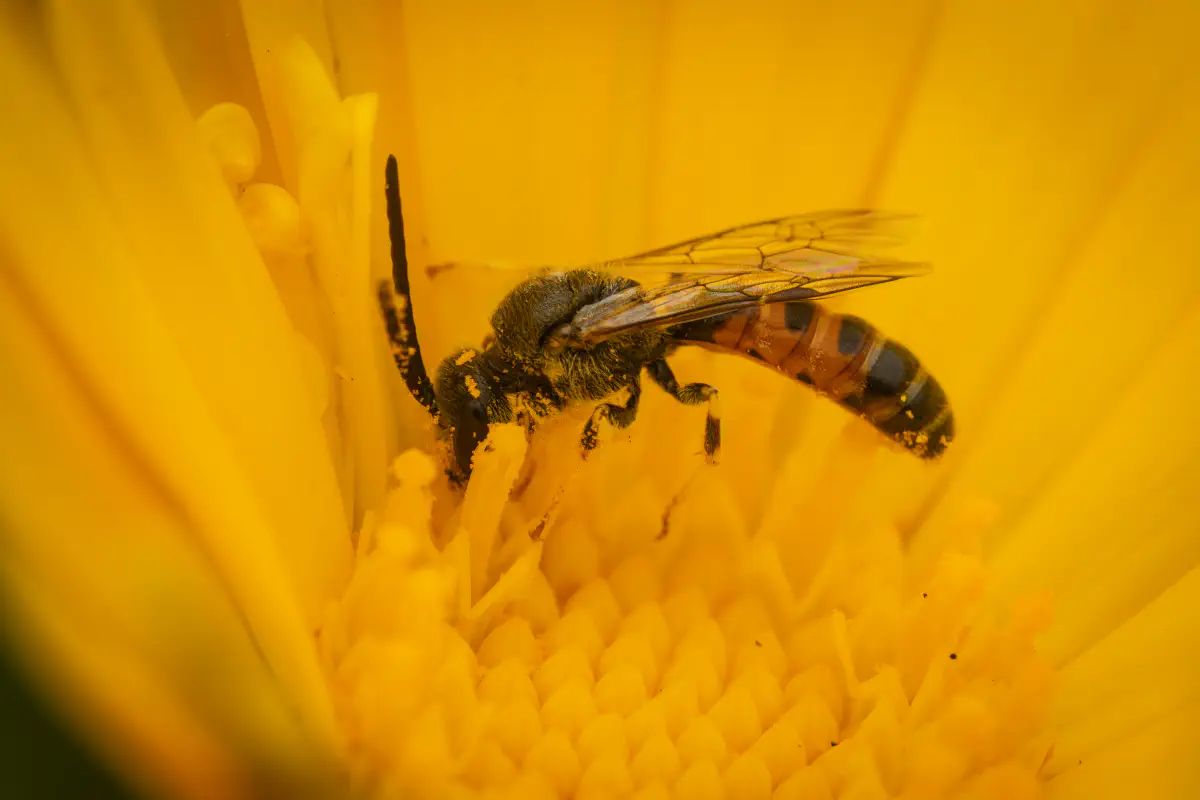
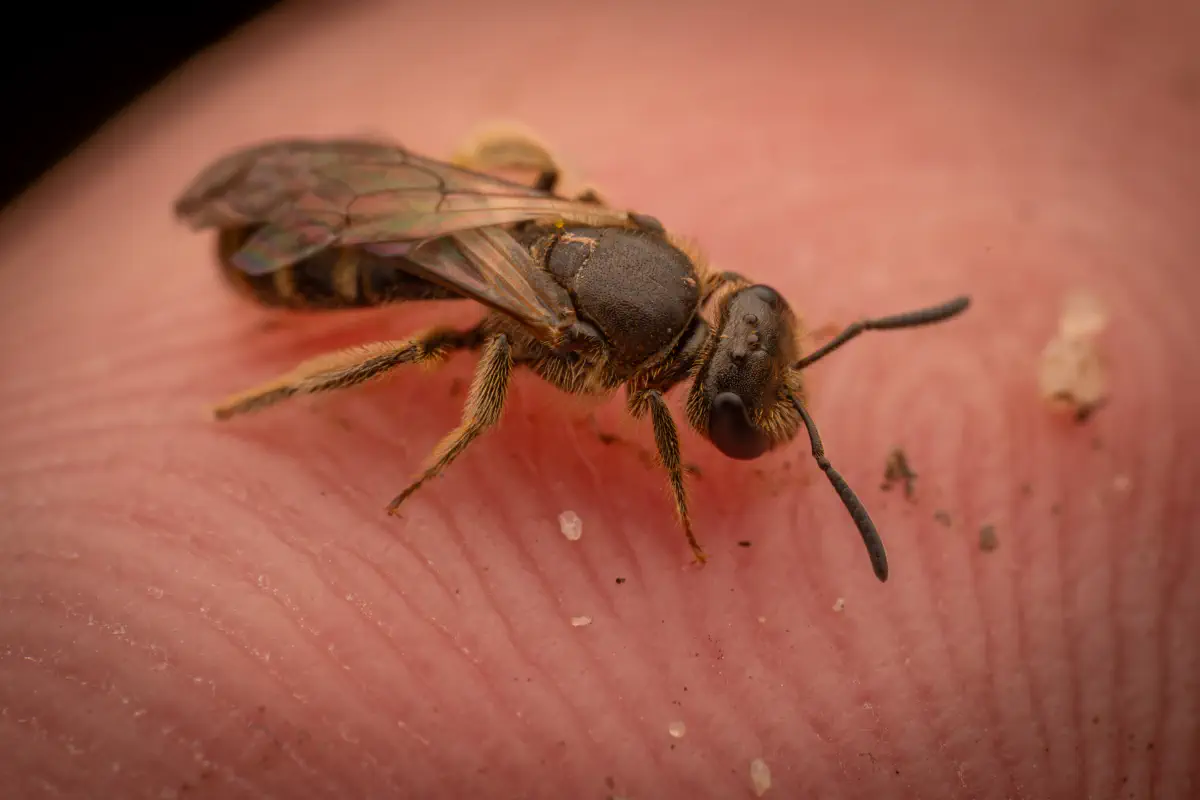
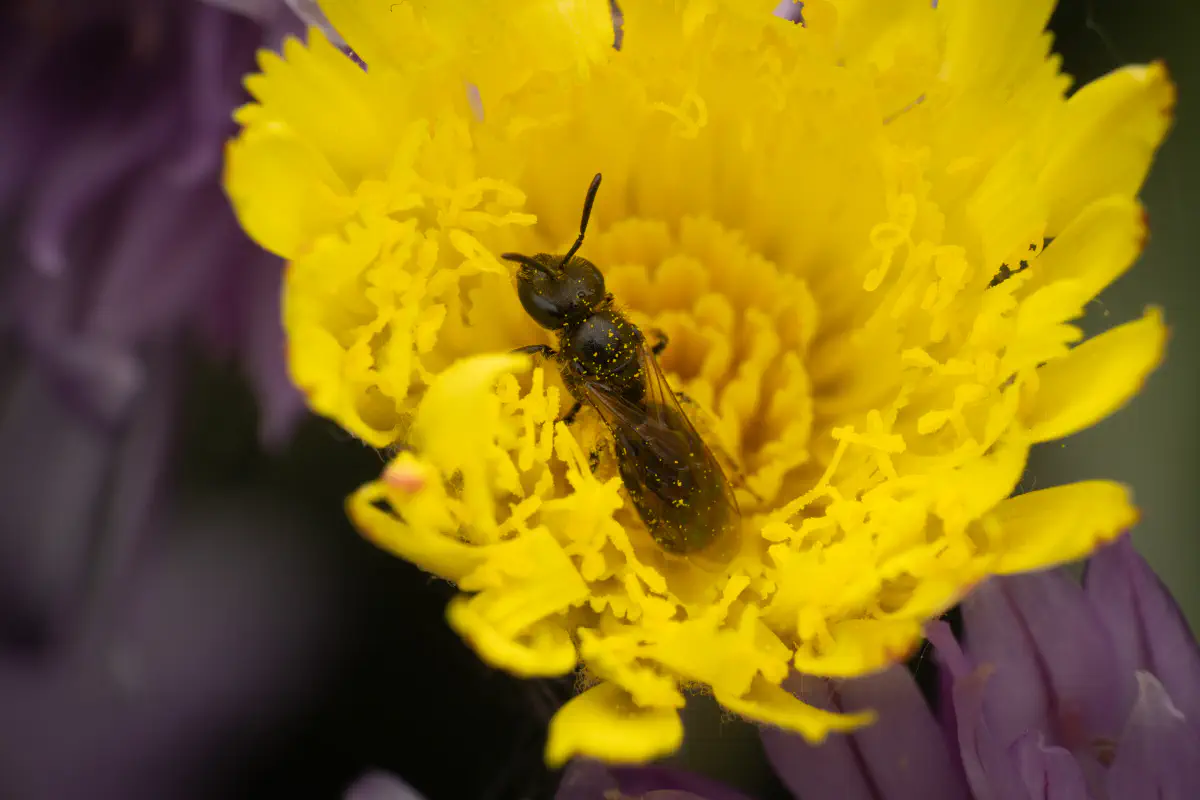
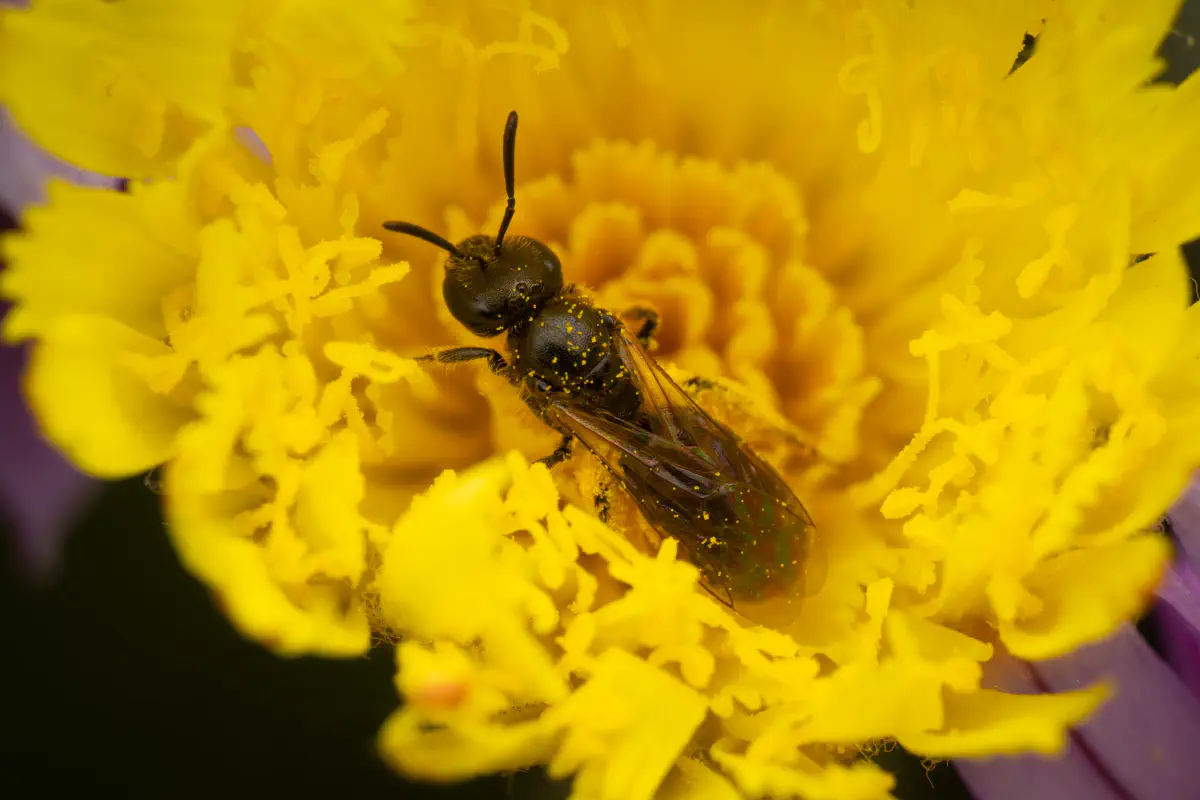
Ancestry Graph
Further Information
„Lasioglossum“ on wikipedia.org
„Lasioglossum“ on iNaturalist.org
Copyright

This article uses material from the Wikipedia article Lasioglossum the free encyclopedia Wikipedia which is released under Creative Commons Attribution-ShareAlike 4.0 International License). On Wikipedia a list of authors is available.

Little beings in print
Order our calendars and books today!
Compiled with love. Printed sustainably. Experience our little beings even more vividly in print. All our publications are available for a small donation.
